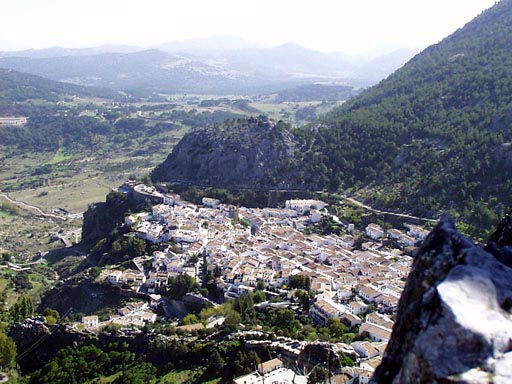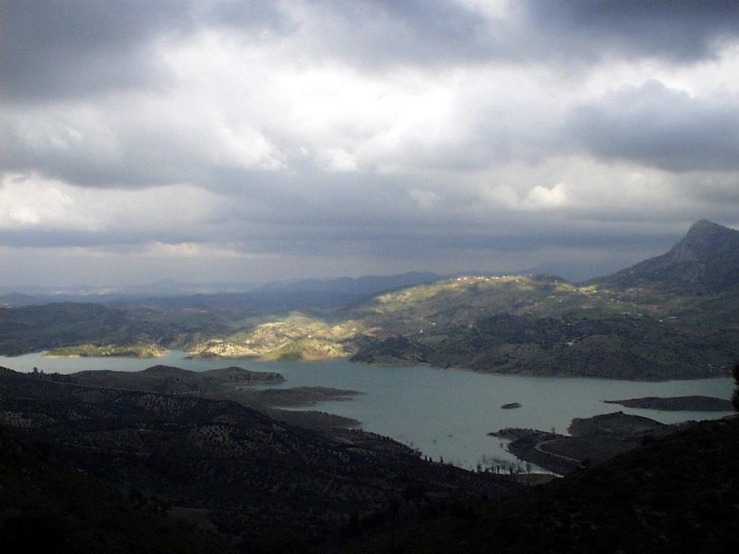Duende
In June 2001 I called Pascal, an airline ticket broker in Montreal and set up the itinerary. Seattle, Detroit, Amsterdam to Casablanca round-trip for six months.
“When do you want to go?”
Another draft of A Century is Nothing would be abandoned by mid-August. I selected a random date.
“September 1.”
“What did Narcissus say when he saw his reflection in the water?” said Pascal during a conversation.
“What?”
“Watch out for yourself.”
“Good one.”
“We’ll take care of it,” he said. “Have a good trip.”
“Thanks for your help.”
A ticket to dusty roads in another village, town, city, country and continent offered new adventures. KISS. Keep it simple stupid.
Leaving was a wise karmic decision. Speaking of history.
I checked out of living between fifty-five million gallons of buried radioactive fuel at Hanford and the Umatilla Army Disposal Site where 7.4 million pounds of discarded chemical weapons waited to be incinerated.
Humans would be vaporized in an instant if the winds of change shifted. Weapons of mass destruction glowed in backyards.
My future lives were freedom, choice and plenty.
Two months after 9/11 while writing in Cadiz, Spain I visualized my incarnation as a calm word mercenary on an existential literary mission.
I created and wrote with discipline and perseverance.
I had duende, an untranslatable Spanish word, literally meaning possessing spirit and dark sound.
It signifies a charisma, emotion, expression and authenticity manifested by flamenco dancers, bullfighters, shamans, prescient seers and weavers. Audiences feel they are in the presence of a mystical power. The duende is an elf or goblin in Spanish and Latin American folklore.
The Spanish poet Frederico Garcia Lorca produced the best description of duende.
“Years ago, during a flamenco dance contest in Jerez, an old woman of eighty, competing against beautiful women and young girls with waists as supple as water, carried off the prize by simply raising her arms, throwing back her head and stamping the platform with a single blow of her heel. In that gathering of muses and angels, of beautiful forms and lovely smiles, the dying duende triumphed as it had to, dragging the rusted blades of its wings along the ground.”
ART - Adventure, Risk, Transformation - A Memoir
Marrakesh






 Share Article
Share Article 




